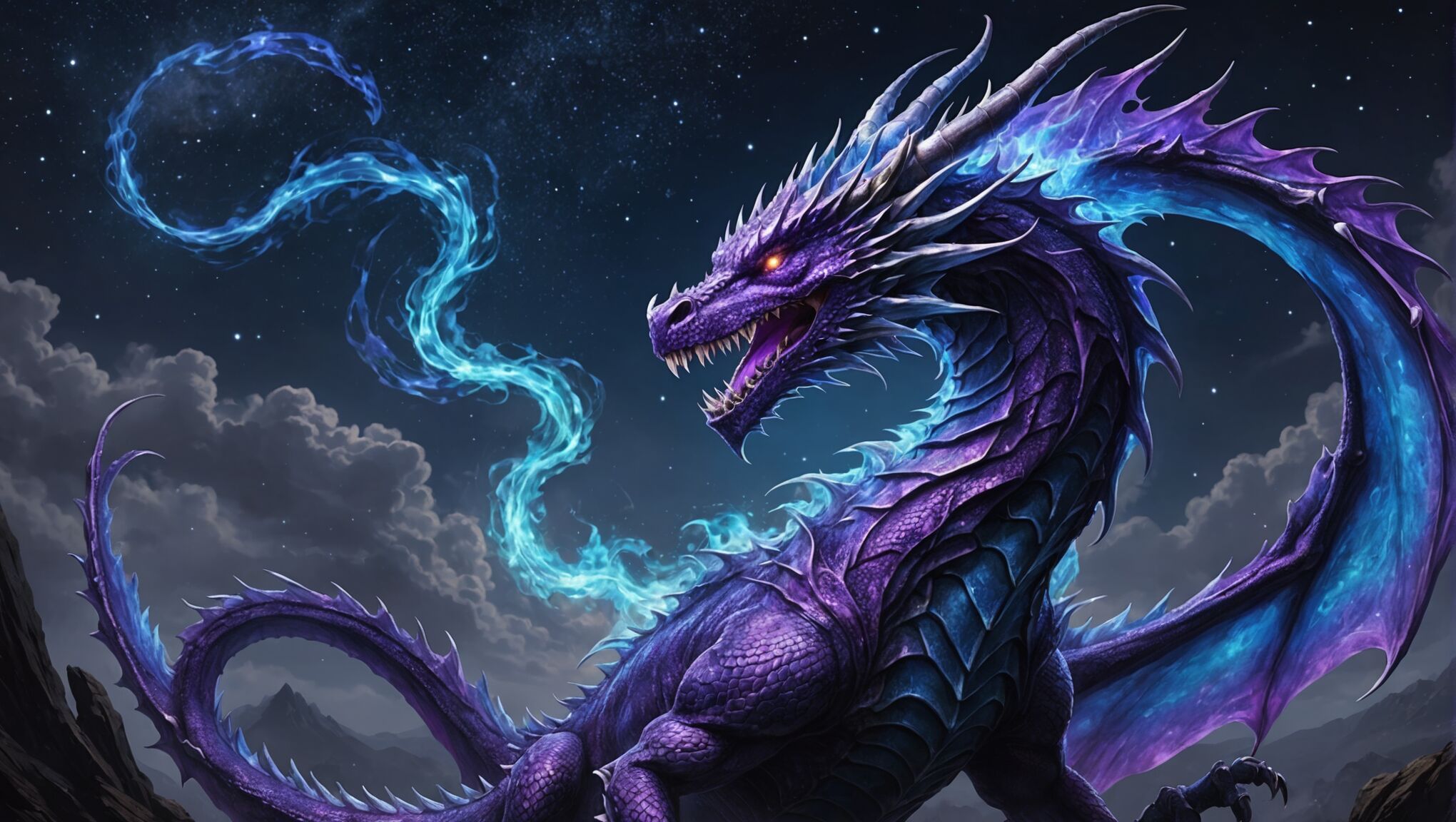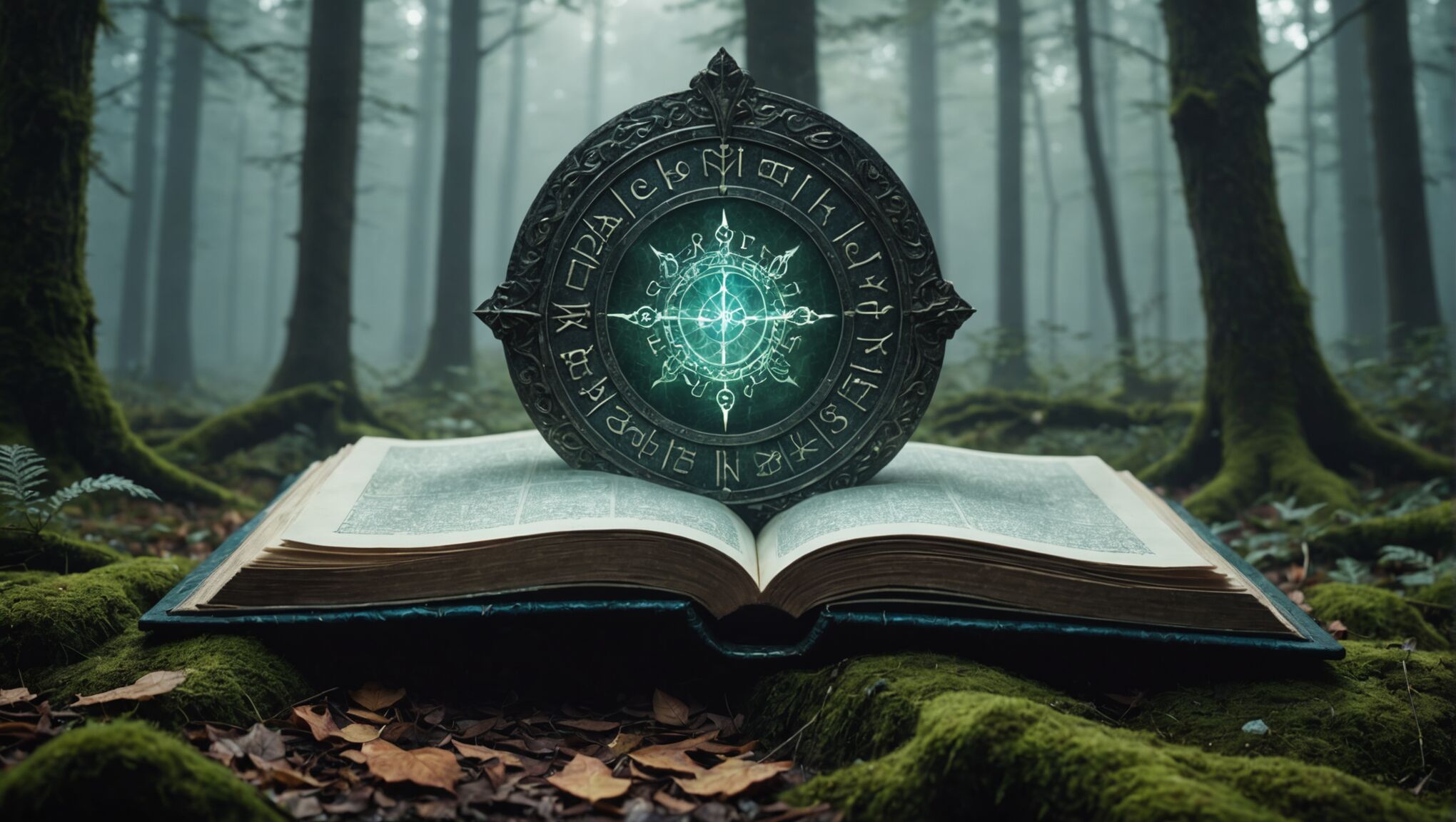blog
How to Stand Out with Stunning Fantasy Cover Art
Captivating fantasy cover art can make the difference between a reader passing by or picking up your book. To create an eye-catching design, focus on several key elements that work together to tell a visual story. “Your cover is a promise to your reader,” and it should accurately represent the tone and content of your book. Start with a strong focal point, typically a character or object central to your story. This element should draw the viewer’s eye and create an immediate connection. Incorporate dynamic composition to add movement and energy to the scene, using diagonal lines or spiraling patterns to guide the viewer’s gaze.
Atmosphere plays a crucial role in fantasy cover art. Use lighting and color to evoke the mood of your story, whether it’s a dark and brooding tone or a bright and whimsical feel. Texture can add depth and interest to your cover, making it more tactile and inviting. Consider including subtle background details that hint at the world within your pages, such as distant landscapes or magical elements. Balance is key – aim for a harmonious arrangement of elements that doesn’t overwhelm the viewer but still conveys the richness of your fantasy world.
Remember to leave space for the title and author name, ensuring they’re legible even at thumbnail size. The cover should be visually appealing both up close and from a distance, as it needs to catch a potential reader’s eye in both physical and digital marketplaces. Finally, strive for originality while still adhering to genre expectations. Your cover should stand out from the crowd while clearly signaling that it belongs in the fantasy genre.
Choosing the right artistic style
 When selecting an artistic style for your fantasy book cover, it’s crucial to consider your target audience and the specific subgenre of your work. Realism, for instance, can lend credibility to historical fantasy or epic sagas, while a more stylized or abstract approach might better suit urban fantasy or magical realism. Digital painting has become increasingly popular due to its versatility and the ease of making revisions, but traditional mediums like oil or watercolor can provide a unique texture and depth that resonates with certain readers.
When selecting an artistic style for your fantasy book cover, it’s crucial to consider your target audience and the specific subgenre of your work. Realism, for instance, can lend credibility to historical fantasy or epic sagas, while a more stylized or abstract approach might better suit urban fantasy or magical realism. Digital painting has become increasingly popular due to its versatility and the ease of making revisions, but traditional mediums like oil or watercolor can provide a unique texture and depth that resonates with certain readers.
“The style is the man himself.” – Georges-Louis Leclerc, Comte de Buffon
This quote rings true for book covers as well. Your chosen style should reflect the essence of your story and your authorial voice. If your narrative is gritty and dark, consider a moodier, more textured style with heavy shadows and muted colors. For lighthearted adventures, a brighter palette with smoother lines might be more appropriate.
Consistency across a series is also vital. If you’re planning multiple books, choose a style that can be adapted and maintained throughout. This helps in brand recognition and creates a visual continuity that readers will associate with your work.
Don’t be afraid to blend styles or experiment with unique techniques. A cover that combines photorealism with abstract elements, for example, can create an intriguing visual contrast that captures attention. Similarly, incorporating traditional art styles from cultures that inspire your fantasy world can add authenticity and exotic appeal.
Remember that trends in cover art evolve, so while it’s important to be aware of current styles, don’t sacrifice the timelessness of your cover for fleeting fashions. A well-chosen artistic style should feel fresh years after publication.
Consider the emotional impact of different artistic approaches. Impressionistic styles can evoke a sense of mystery and otherworldliness, while sharp, clean vector art might suggest a more modern or futuristic fantasy setting. The texture of brushstrokes or the smoothness of digital rendering can subtly influence a potential reader’s perception of your story’s tone and content.
Ultimately, the artistic style you choose should serve as a visual ambassador for your book. It should not only attract the eye but also provide a gateway into the unique world you’ve created, inviting readers to step inside and explore further.
Color theory for fantasy book covers

Color plays a pivotal role in creating an impactful fantasy book cover. The right color palette can evoke specific emotions, set the tone for your story, and attract your target audience. When choosing colors, consider the psychological associations they carry. For instance, deep purples and blues often convey mystery and magic, while earthy tones can suggest a grounded, nature-based fantasy world.
Contrast is crucial in making your cover stand out. A high-contrast color scheme can create a dramatic effect, drawing the eye to key elements of your design. Consider using complementary colors – those opposite each other on the color wheel – to create vibrant, eye-catching combinations. For example, a fiery orange dragon against a cool blue sky can create a striking visual impact.
Add traditional art elements to your cover. See the information.
The use of color temperature can significantly influence the mood of your cover. Warm colors like reds, oranges, and yellows can convey energy, passion, or danger, while cool colors like blues and greens might suggest calmness, mystery, or melancholy. Balancing warm and cool tones can create a harmonious composition that guides the viewer’s eye across the cover.
Consider the symbolism of colors within your fantasy world. If certain hues hold special significance in your story, incorporating them into your cover can add an extra layer of meaning for readers familiar with your work. However, be mindful of cultural differences in color interpretation, especially if you’re targeting an international audience.
The saturation and value of colors also play a crucial role. Highly saturated colors can create a vibrant, energetic feel, while muted tones might better suit a more subdued or sophisticated atmosphere. Varying the value (lightness or darkness) of colors can help create depth and dimension in your cover art.
Don’t overlook the importance of negative space and neutral colors. Strategic use of white, black, or gray areas can provide relief for the eye and make your main elements pop. This can be particularly effective in creating a sense of mystery or focusing attention on a central character or object.
Remember that colors can behave differently in print versus digital formats. Always test your cover design in various mediums to ensure the colors remain true to your vision across all platforms. Consider how your color choices will look when scaled down to thumbnail size, as this is often how potential readers will first encounter your book online.
Lastly, while it’s important to choose colors that resonate with your story, also consider current trends in fantasy cover art. Analyzing bestselling books in your subgenre can provide insights into color schemes that are currently appealing to readers. However, don’t be afraid to break conventions if it serves your unique vision – a unexpected color palette can sometimes be the key to standing out in a crowded marketplace.

